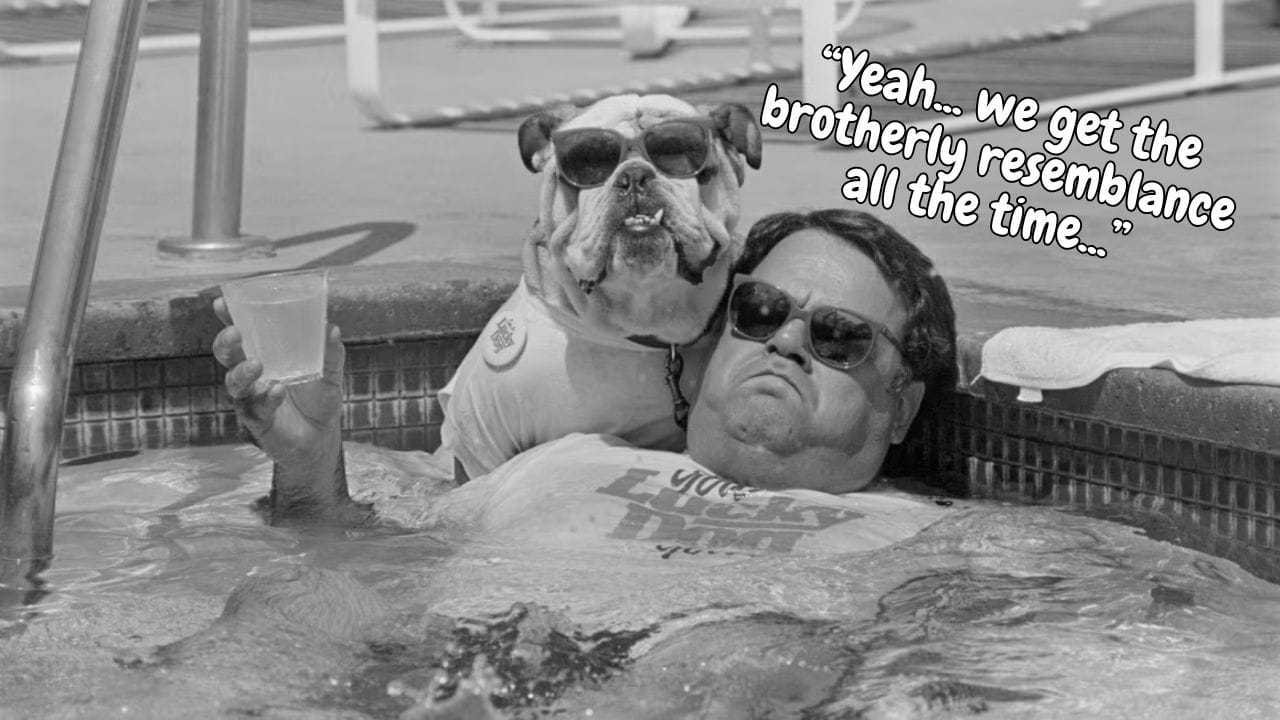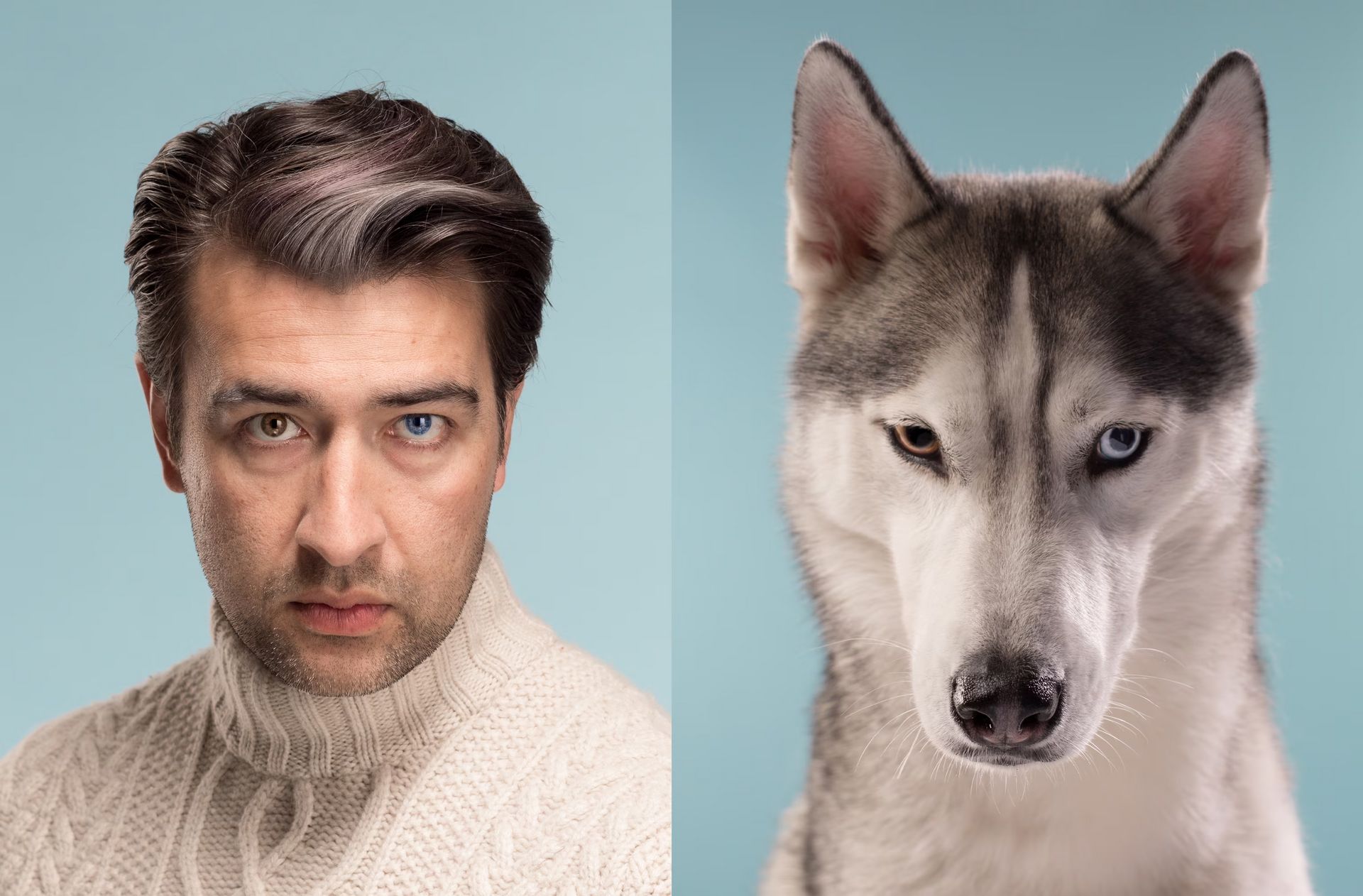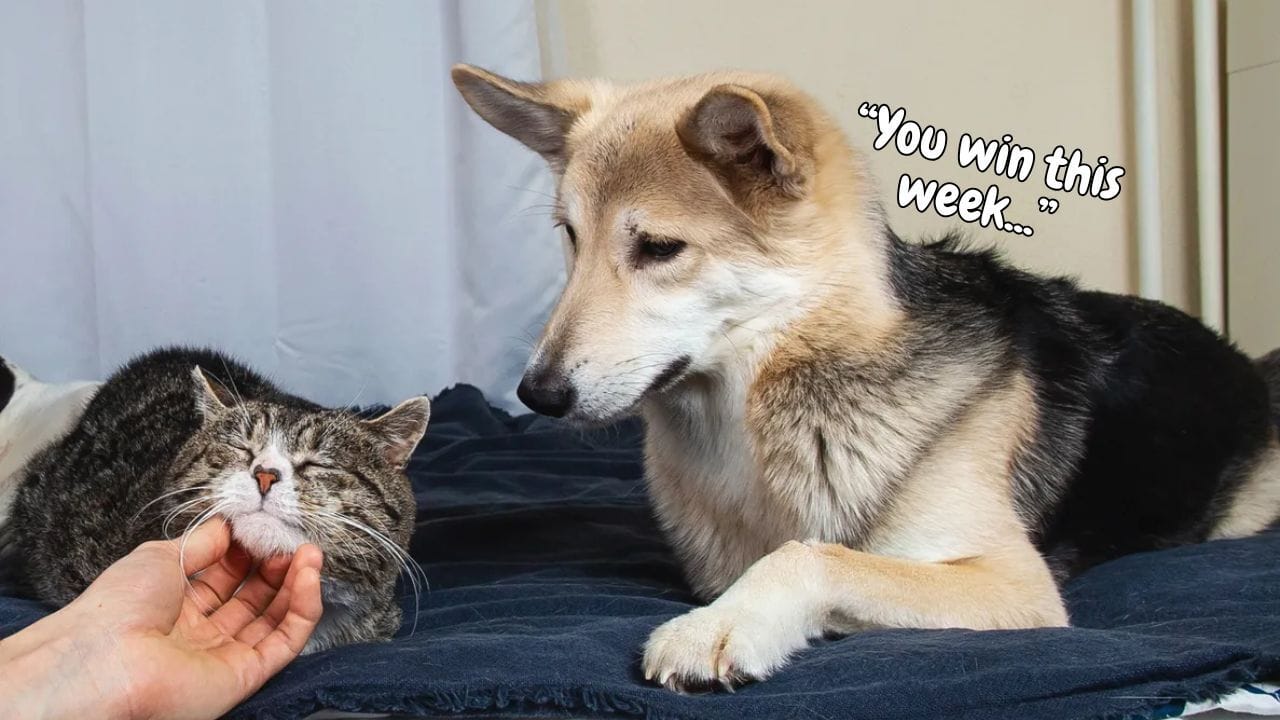- Dog Juice
- Posts
- 👀 This is why people look like their dogs
👀 This is why people look like their dogs
It might surprise you to learn there's a scientific explanation to this...
Why do dogs look like their owners? Scientists explain…

Disney fans may recall the moment in the 1961 film 101 Dalmatians when Pongo watches dogs and owners pass by, each pair looking remarkably alike. That visual joke reflects a real psychological pattern: people often choose dogs that resemble themselves.
Research backs this up. A 2015 study found that women with long hair tended to prefer dogs with long ears, while women with short hairstyles gravitated toward dogs with prick ears. Experts say this isn’t vanity but familiarity. Because we see our own faces every day, we’re naturally drawn to traits we recognize. Picking a dog that looks a bit like us can feel comforting, even if we don’t consciously realize why.
Cognitive scientist Art Markman explains that choosing a dog often comes down to an overall feeling rather than a detailed analysis. When something feels familiar, it can seem more desirable. That familiarity might come from childhood memories of a similar dog or simply because the dog resembles the chooser in some small way. Maybe the dog’s hair texture mirrors yours, or its expression matches yours. That tiny spark of recognition can influence your choice without your noticing.

Other studies support the idea. In 2004, strangers were given photos of dog owners and photos of purebred dogs, all taken separately. Participants matched owners to their dogs at a rate better than chance—but only when the dogs were purebred. Researchers suggest this is because purebreds have more consistent traits, allowing people to choose dogs that match them not only in looks but also in temperament and activity level. The resemblance may be physical or more general, like pairing an energetic, outdoorsy person with a Labrador rather than a Chihuahua.
Some psychologists frame this tendency within the “mere-exposure effect,” the idea that we prefer things we see often. This is why a band’s most popular radio song excites concertgoers: familiarity makes it feel better, not necessarily quality. This effect extends to consumer products as well. A 2014 study showed that people could match car owners with the front views of their cars, suggesting owners sometimes choose vehicles that subtly reflect themselves. Similarly, seeing a type of dog more frequently—like many Labradors in your neighborhood—can gradually increase your preference for that breed.
Interestingly, this resemblance-driven pattern appears mainly when selecting a dog as a personal companion, not for working roles such as police or farm jobs. When making decisions requiring more analysis, people rely on slower, more deliberate thinking. Quick, intuitive decisions—like picking a pet because it “feels right”—are where familiarity effects tend to dominate.
The pull toward the familiar goes beyond pets. Klaus Jaffe, a scientist who studies assortative mating, notes that many species, including humans, tend to choose partners who resemble themselves in some way. In romantic relationships, similarity—whether in habits, mannerisms, background, or appearance—is often a strong predictor of long-term compatibility. The same psychological principles apply when humans choose dogs: we naturally gravitate toward what feels familiar.
But experts say there’s no reason to worry about these unconscious influences. If a dog feels like the right fit partly because it looks a little like you, that’s not a flaw in your decision-making. In fact, that familiarity may strengthen your bond with your pet.
As researcher Michael Roy puts it, similarity is a powerful force in all relationships—human or otherwise. We surround ourselves with beings who reflect some part of us. And when it comes to choosing a dog, leaning into that instinct might simply help you love your companion even more.
“The Squeeze”: Dog News In 60 Seconds

🦴 What scientists once labeled a mysterious, extinct dog actually turns out to be a semi-tame fox.
🚀 The first animal in space was a dog during a 1957 mission. He never returned. Here’s his story.
🇬🇱 Greenland sled dog DNA is a window into its archaeological past.
🗣️ Scientists: here’s how you make your dog pay attention.
📉 Plenty of families took in pets during the pandemic. Their level of happiness didn’t come with it.
🐖 Before you get a dog, here’s how to know if he’s predisposed to being overweight.